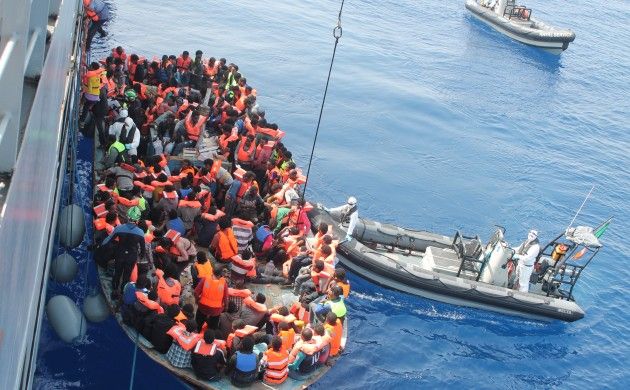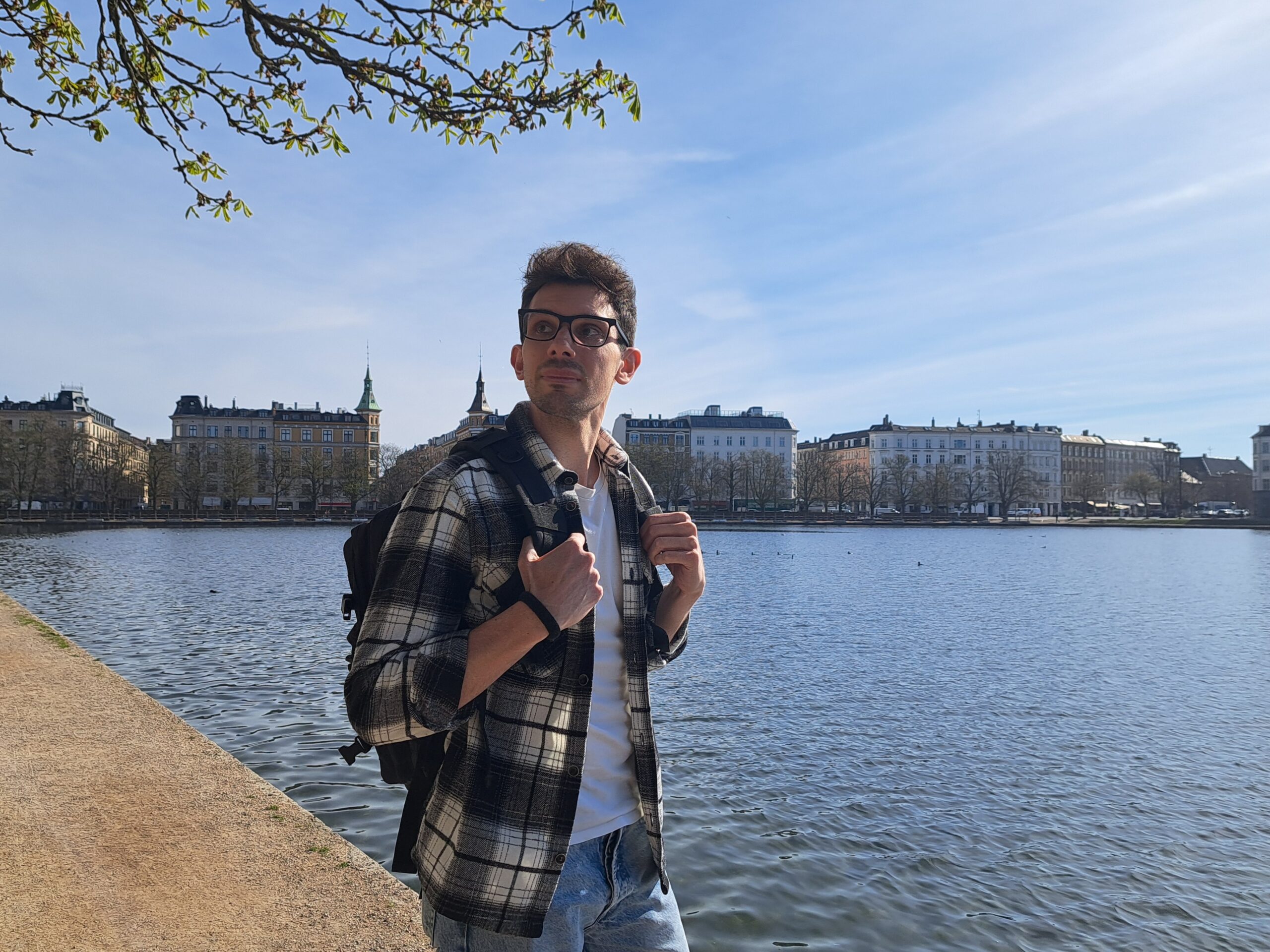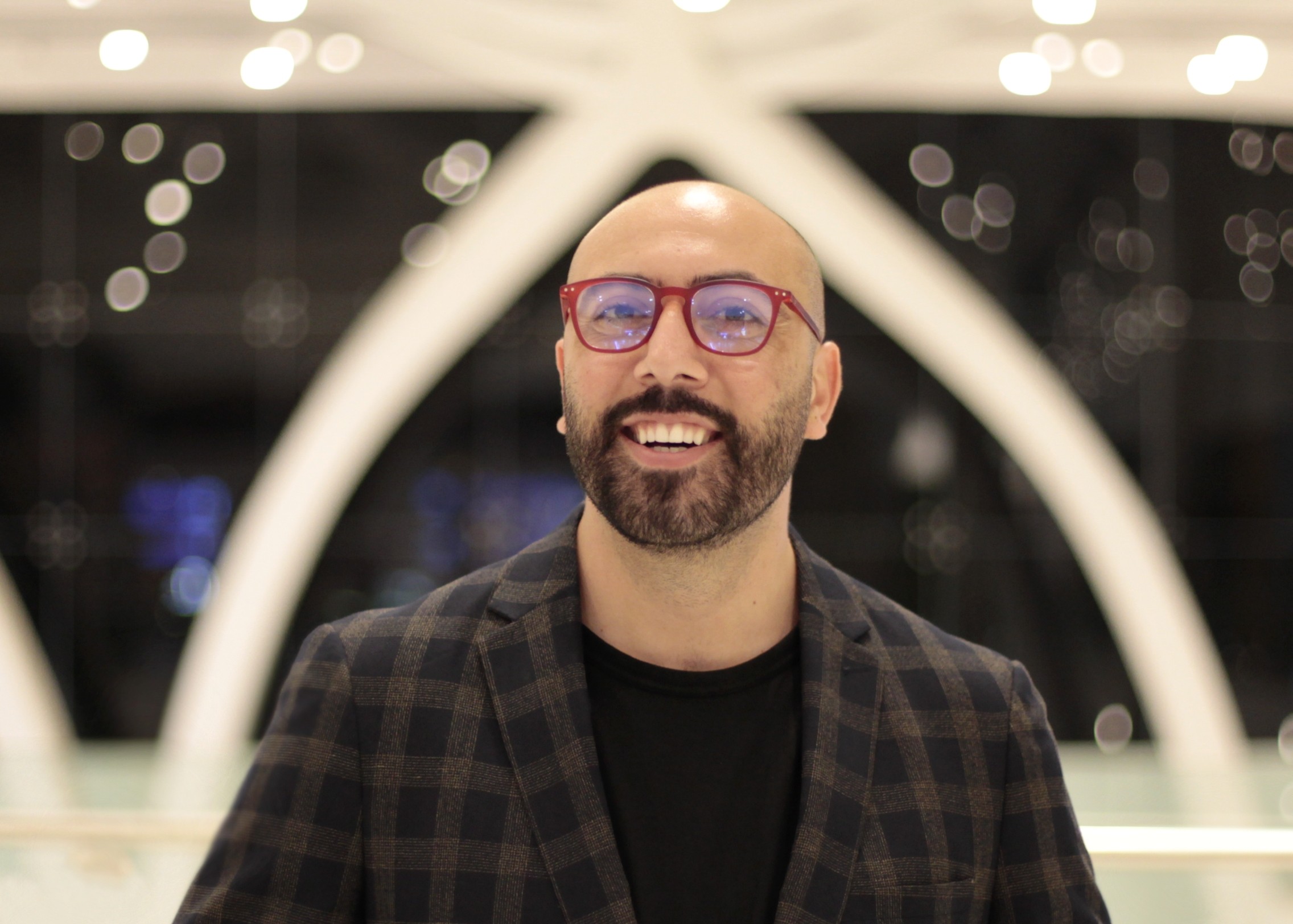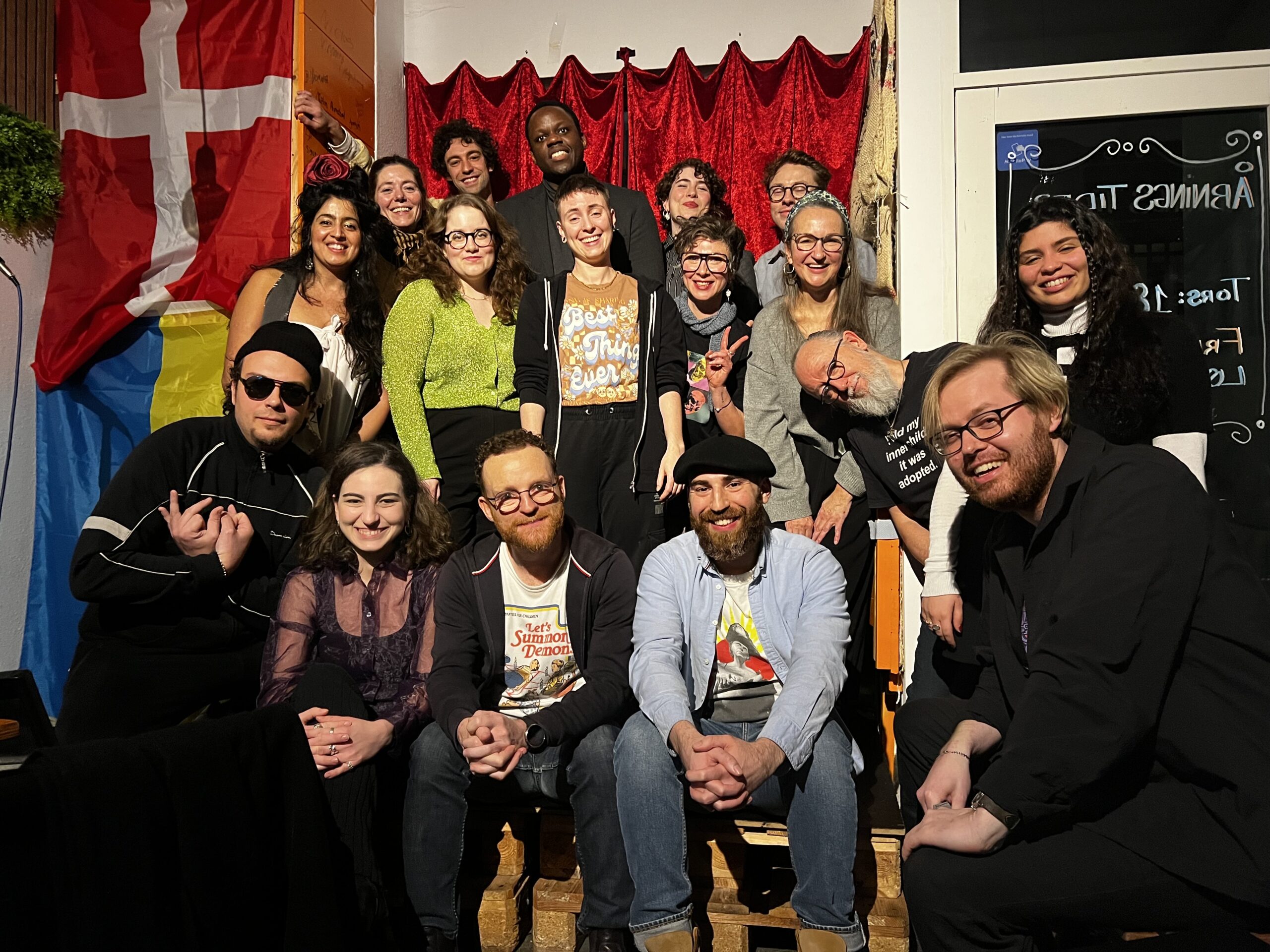One thing is clear as far as the international media is concerned: Denmark is unwelcoming to refugees.
From the adverts in Lebanese newspapers in September 2015 warning them Denmark is a bad country to apply for asylum in, to the controversial clause in the new Asylum Bill that enables the authorities to confiscate their jewellery, they would seemingly have a strong case.
Good for Syrian and Eritrean refugees
However, according to Zachary Whyte, an asylum and integration researcher at the University of Copenhagen, the Danish refugee system is not nearly as bad as its reputation.
First and foremost, he contends, it has one of Europe’s highest recognition rates for Syrian and Eritrean refugees. “Around 90 percent of Syrians and Eritreans are granted a permit to stay in the first instance,” he said.
Until recently, Denmark also had a relatively short case-processing time. In September, when the government published the ad in Lebanese newspapers, refugees coming from Syria and Eritrea were granted asylum after only three or four months.
“So, based on the asylum process alone, Denmark has been a good country to seek asylum in the recent year,” he continued.
Due to the increasing number of refugees and the government’s new policy, however, the case-processing time is now longer.
Free education and healthcare
But while the government has tightened immigration laws, including a 50 percent cut to social benefits for newly-arrived refugees, there are still lots of good reasons to seek asylum in Denmark, according to Michala Clante Bendixen, the head of the Danish organisation Refugees Welcome.
“In general, it is about the Danish social structure,” she contended.
“We have a strong welfare system in which we offer free healthcare, free education and other social benefits. When refugees or immigrants are looking for the right destination, they first consider the chance of being granted a permit to stay. Next, they look for countries where they can have a life and the chance to take care of themselves and where they can give their children an education. Therefore, it is of great importance that society will help them and support them from day one.”
Feel welcome in Denmark
Bendixen has spent a lot of time with refugees in Denmark and her experience is that the refugees feel like they are welcome.
“Many of the refugees who I have talked to do not understand the government’s hostile tone,” she said.
“They are confused because when they personally meet the Danish people, they feel incredibly welcome and helped. However, the problem arises for some on the longer term, when they realise that it is hard to enter the Danish labour market and that many are prejudiced against Islam. Some end up feeling that they never get a fair chance and are always seen as a problem.”
Misleading advertisements
One place where refugees could have heard about the government’s harsh tone is in the anti-migrant advertisements, which the government published in Lebanese newspapers in September. These ads warned refugees that the government had toughened immigration laws and cut benefits.
But the information was misleading and exaggerated, Bendixen argues.
“Many of the statements in the advertisements were so misleading that they were almost a lie,” she said.
One of the statements in the ads was that refugees do not have the right to bring family members to Denmark during the first year. Immigration laws have since amended this to the first three years.
“But they forgot to mention that this rule only affects 20 percent of Syrian refugees and it does not concern any other nationality. People from, for instance, Iraq or Afghanistan do not have to worry about this at all,” Bendixen said.
The ads also state that the government can refuse an application if they do not find it relevant.
“This will not be the case for a refugee in Lebanon. The rule only concerns refugees from countries of the Western Balkans. Therefore, it does not make sense to warn about this in a Lebanese newspaper,” Bendixen said.
Telling off over ads
In December 2015, the Danish parliamentary ombudsman, who ensures that public authorities comply with the law in Denmark, criticised the Immigration Ministry, ruling that the ads gave people a false view of the situation for Syrian refugees coming to Denmark.
In a press release, the immigration minister, Inger Støjberg, disagreed with the critique, saying that the advertisements were supposed to give a broad description of Danish immigration laws. The ministry chose Lebanon because it is a Middle Eastern centre in terms of media.
Negative coverage all part of the plan
Influential international newspapers such as New York Times, Wall Street Journal and Washington Post are among the many media organisations that have mentioned the advertisements, creating a picture of Denmark as a poor asylum nation.
However, this negative publicity does not affect the government very much, said political analyst and communication adviser, Jon Kiellberg.
“In fact, this has been a part of the government’s communication strategy. It may create a negative image of Denmark, but it may also scare away refugees, which is a more important goal for the government. That is why they have exaggerated the Danish refugee rules in the advertisements,” Kiellberg said.
He explained that the government must have known that their ads and political actions towards refugees would grab the attention of the international media.
“The other Danish political parties may be tired of the negative coverage in the foreign media, but the government with the support of the Dansk Folkeparti does not see it as a big problem,” Kiellberg said. The government’s rhetoric is a result of the increasing numbers of refugees coming to Denmark.
“When it comes to refugees, government party Venstre has moved from a political party with an international vision to a party with a more inward-looking and protectionist approach,” Kiellberg said.
According to numbers from municipalities body LO, 17,000 refugees are expected to come to Denmark in 2016. After family reunification the number will grow to around 37,400 refugees.















